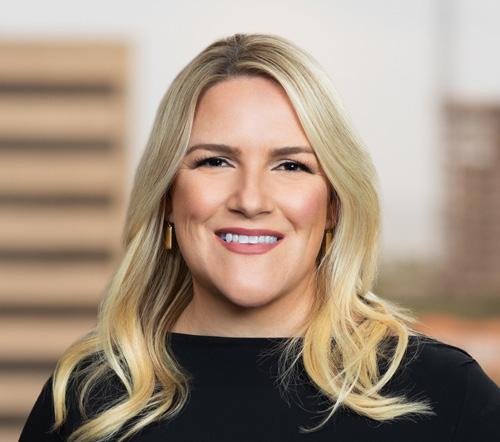
2 minute read
Government Affairs
Advocacy in the New Year
By: Max Brandow, RASM Government Affairs Director
As we start another year, your advocacy team at the national, state, and local levels continue to make progress on important policy issues for Realtors® and our industry. While GARD, and the NAR Mid-Year legislative meetings may look different this year, trust that your lobbying teams and federal and state Key Contacts are still meeting with Legislators and advocating on our policy priorities, from affordable housing, the Commercial Lease Tax, and National Flood Insurance, etc. Below is a list of important dates to keep in mind for our state legislative session.
January 11 – 15, 2021: Legislative Committee Weeks January 25 – 29, 2021: Legislative Committee Weeks February 1 – 5, 2021: Legislative Committee Weeks February 8 – 12, 2021: Legislative Committee Weeks February 15 – 19, 2021: Legislative Committee Weeks March 2, 2021: Regular Session Begins April 30, 2021: Regular Session Ends
CFPB FINALIZES REPLACEMENT FOR THE MARKET-WIDE QM RULE
The Consumer Financial Protection Bureau (CFPB) issued its finalized replacement to the market-wide Qualified Mortgage (QM) rule.
The Government Sponsored Enterprises Patch (GSE Patch), which gave all loans eligible for GSE financing QM status, was set to expire on January 10, 2021. The CFPB was opposed to extending the patch, arguing that it created an unlevel playing field in favor of the GSEs. However, the GSEs would have reverted to the market-wide QM rule which, has a hard 43% DTI and might exclude nearly 20% of the market from access to mortgage credit. THE CFPB’S SOLUTION WAS TO REPLACE THE MARKET-WIDE RULE BY: Eliminating the DTI limit. Replacing it with a cap on lenders’ pricing above the average prime offer rate (APOR). The cap for a mortgage to be a safe harbor, with the best legal defense for lenders, is 150 basis points over APOR. There is a legal rebuttable presumption of compliance up to 225 basis points over APOR. Anything above 225 over APOR is non-QM.
In theory, lenders price mortgages based on risk. Thus, a loan that has a rate of 4.1% is riskier than a loan that is 4%. However, as NAR argued in comment letters; this has not always been the case. Spreads tend to fall during booms as lenders lower pricing to gain market share and rise during busts, they can often reflect problems with the lenders’ business model and not consumers, and they’ve been shown to be higher for certain protected groups. However, the shift away from a rule with a hard 43% limit is critical for maintaining market liquidity.
The CFPB also adopted a “seasoning” element where loans that are held in a portfolio by a lender for 3 or more years gain QM status. The idea is that most losses occur during the initial 3 years after origination, so lenders are incentivized not to write bad loans. This was expanded to allow for 1 sale during the 3-year period so long as the total time the mortgage is held by both lenders is 3 years. Thus, a mortgage banker could originate a mortgage, hold it for 3 months and then sell it to a bank that holds it for 33 months and the loan then gains QM status after the combined 36 months.
The rule will be implemented in Mid-January, and the phase-in period ends on July 1st. NAR will continue to work with the CFPB to shape the rule to help improve access and affordability. •









